Eastern promise: the Wallpaper* picks from Fashion Week Tbilisi
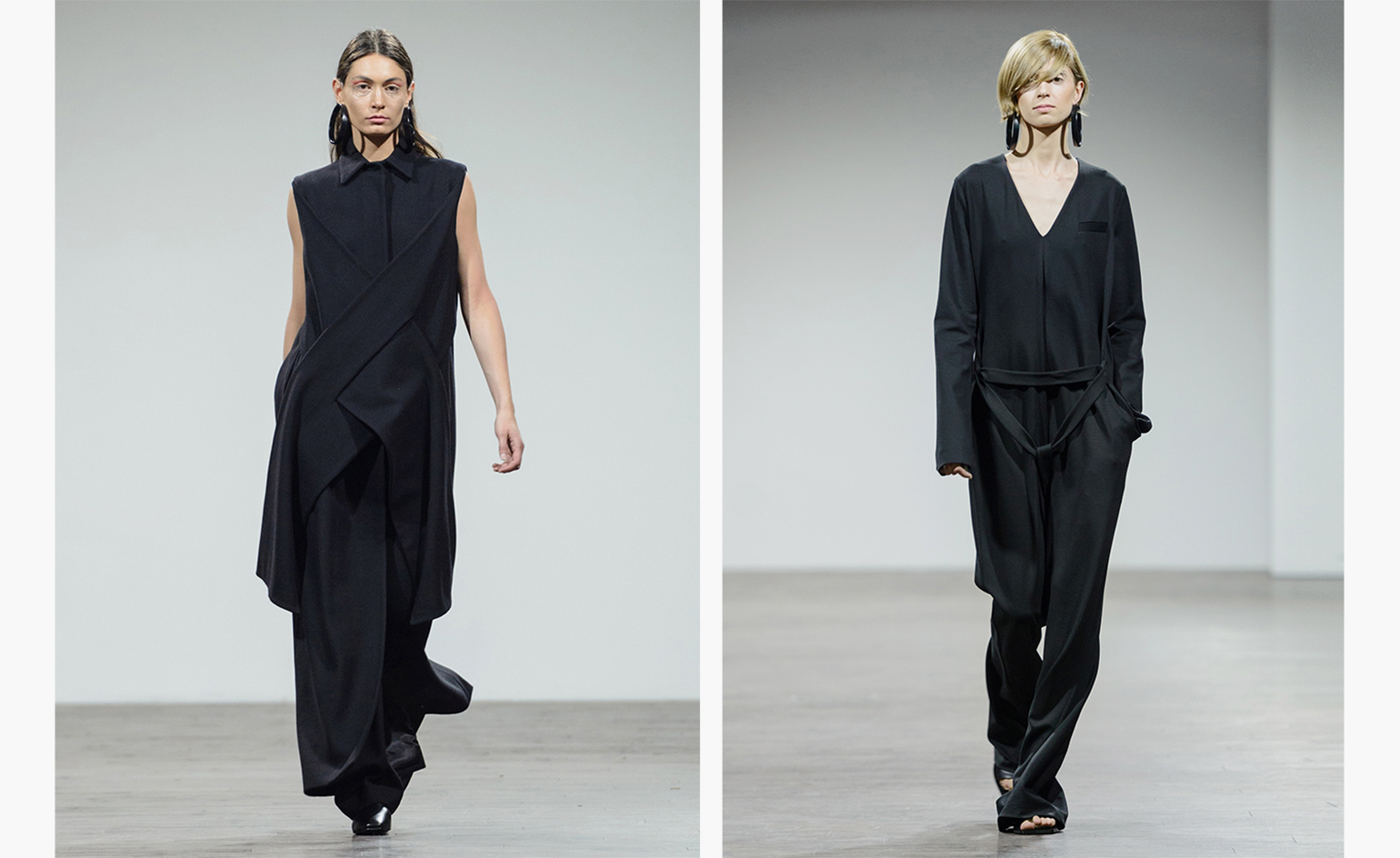
Maybe it’s the orthodox priests who wander the cobbled streets in vestments or the tumbling, towering buildings covered in ivy and columbine, the deep rooted mysticism or the underground techno scene – Tbilisi is an enigmatic capital that is shrouded in mystery, with onion-like layers to unpeel. Whatever may be bubbling in the cultural petri dish of this small nation, wedged between Europe, the Middle East and Russia – it makes for intriguing fashion.
At the third edition of Mercedes-Benz Fashion Week Tbilisi, over 30 designers were showcased at the city's Museum of Modern Art and other venues around the city in a schedule that regularly ran past 10pm. This is a late-to-bed and late-to-rise lifestyle – or at least when the fashion caravan is in town.
Tbilisi’s homegrown talents shared space on the calendar with guest designers from the Ukraine and Kazakhstan as well as cultural events including a highlight visit to watch the Georgian Ballet Studio Erisioni in rehearsal, in a beautifully decaying fresco painted venue. While the corps showed off jetes, pirouettes and sword fighting skills (accompanied by a polyphonic male choir), fashion talents displayed impressive tailoring skills, a taste for constructivist aesthetics, a nostalgia for Soviet-era graphics and athletic wear, with many a nod to the capital’s most famous alumni, Demna Gvasalia of Vetements and Balenciaga.
Gvasalia’s family fled Tbilisi at the tale end of the Soviet-era in the late 1980s, but the dark Georgian spirit runs deep in his blood. In a city where you can still buy clothes by the kilo, where twentysomethings skulk in the shadows in oversized hoodies and DMs, and girls wear blunt cut fringes and hacked off denim, the genus of Vetements' psycho drama streetwear suddenly makes sense.
There is substance, sincerity and spirit to these designers that makes their work very appealing in our flighty, superficial times. MBFWT founder Sofia Tchkonia says, ‘The designers tend to be very good drafts men and illustrators. The big challenge is sourcing pattern cutters and high quality materials and production. Many of the mills and factories turned to mass manufacturing of uniforms during the Soviet occupation and expertise was lost.’ Tchkonia also pioneered the talent competition Be Next, with finalists awarded scholarships to further their studies abroad. Her incredible efforts are showing fruit.
Guests, including buyers from stores including Rinascente, L’Eclaireur, Kabuki and Moda Operandi were out hunting for the next Georgian wunderkinds. Metaphysics and architecture frequently enter into these designers’ dialogues, making for some thoughtful collections. Lela Eloshvili of Eloshi delivered felted wool (a specialty in Georgia) and long lean tailoring with 3D pleat detailing; Alexandre Akhalkatsi Shvili, in collaboration with Material (a manufacturer with its own production and boutiques), showed clerical inspired asymmetric tunics and pants in slithery techno fabrics and wool, while Bevza from the Ukraine took a leaf from Céline with old man’s plaid wools cut into long skirts and bodice tops.
Collections also took a turn for the theatrical with artist/filmmaker/ designer Simon Machabeli (a graduate of Central St Martins) creating an installation of beautifully crafted armour-like robes in patchwork organdy, damask and velvet rich with talismans and story telling.
There was occasionally a dash of romance and frivolity in the air. Paris-based 28-year-old Djaba Diassamidze showed off his prowess with eveningwear (and a love of Ferré and Saint Laurent) in a mise-en-scène featuring models strolling through the grand ballroom of the National Youth Palace in velvet column gowns trimmed with ostrich feathers, sheer organdy and sweeping tulle dresses striking 1950s haute couture poses.
This buzz also surrounded the two enterprising women behind Lalo Cardigans – their outsize coats, tabards and jackets in tweed like knits boasting lovely colourations, hand made by over 200 knitters in Georgia.
Originality shone through in the brand Atelier Kikala by Lado Bokuchava. This collection, inspired by the 1980s and 1990s underground, featured voluminous dress with 3D scallop details and elegant riffs on tracksuiting with clever cutting and draping.
From the Ukraine, Lilia Litkovskaya struck a powerful chord with her etiolated silhouettes; hand-fringed jacquard flapper style dresses, burnt orange lasered leather coats and beautifully crafted reversible outsize cashmere coats. Litkovskaya, who sells in Boon the Shop, could be a power brand in the making.
Another super-sweet brand to note and wear (once you have tired of your Gucci moccasins) is Le Mocassin Zippé by Ketevane Maissaia. This accessories designer, who works for Loewe in Paris, employs Georgian shoe craftsmen to make her signature style, that is detailed with a zip on the upper that fastens the left and right together. ‘It’s important to me to support local artisans and export Georgian footwear worldwide,’ says founder Maissaia.
The polymath, DIY fashion scene (everyone helps each other out) lends a true fighting spirit to the week, while favourable exchange rates also make for good commerce. Design and architecture talent is also sprouting up with Rooms (the team behind a Tbilisi hotel of the same name, located in a converted printing press) now putting its elegant, eclectic imprint on several of the city’s stylish restaurants including Strada on the Left Bank. One gets the feeling that the Tbilisi movement has only just begun.
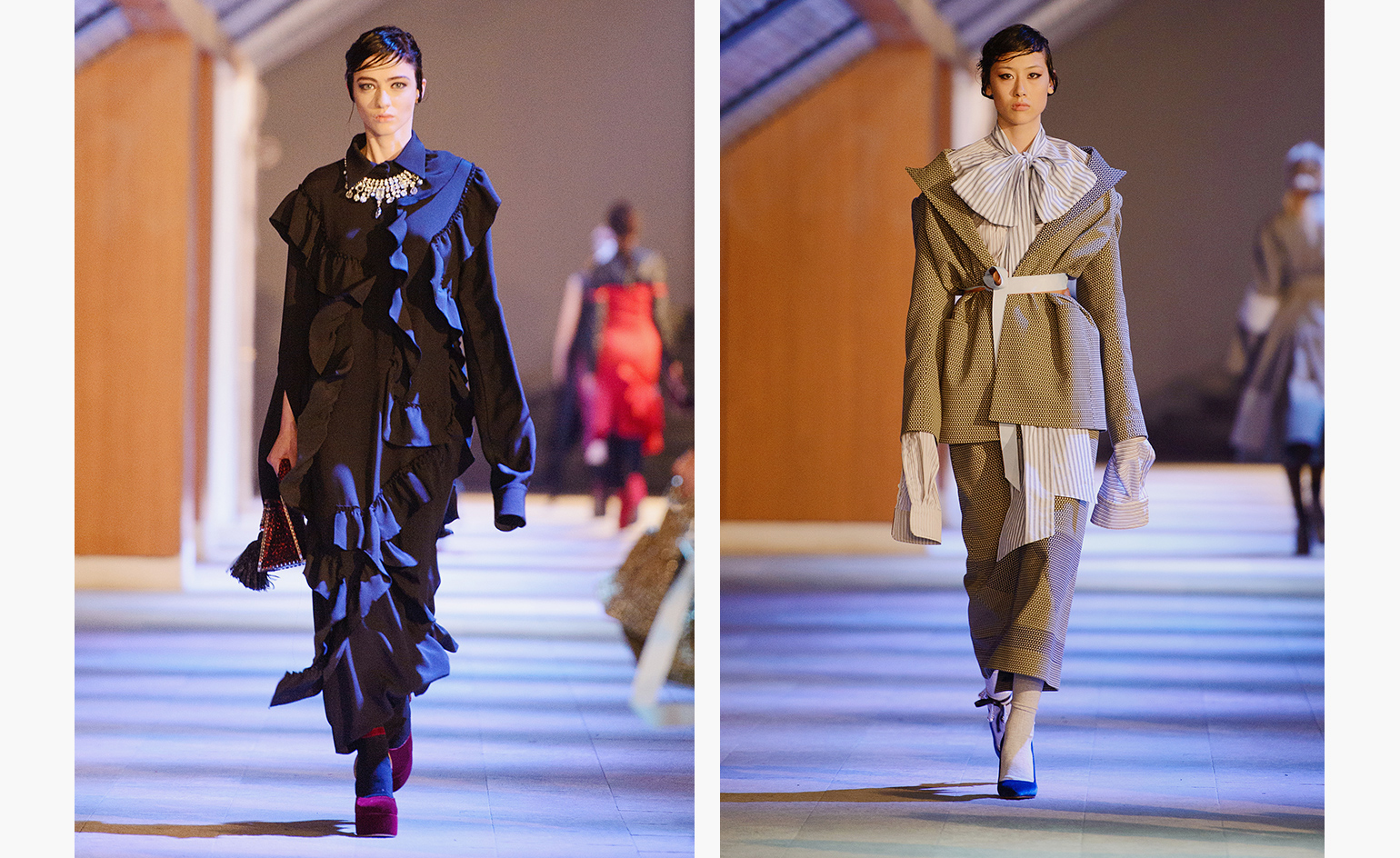
Tbilisi’s homegrown talents shared space on the calendar with guest designers from the Ukraine and Kazakhstan, as well as cultural events. Pictured: Bessarion
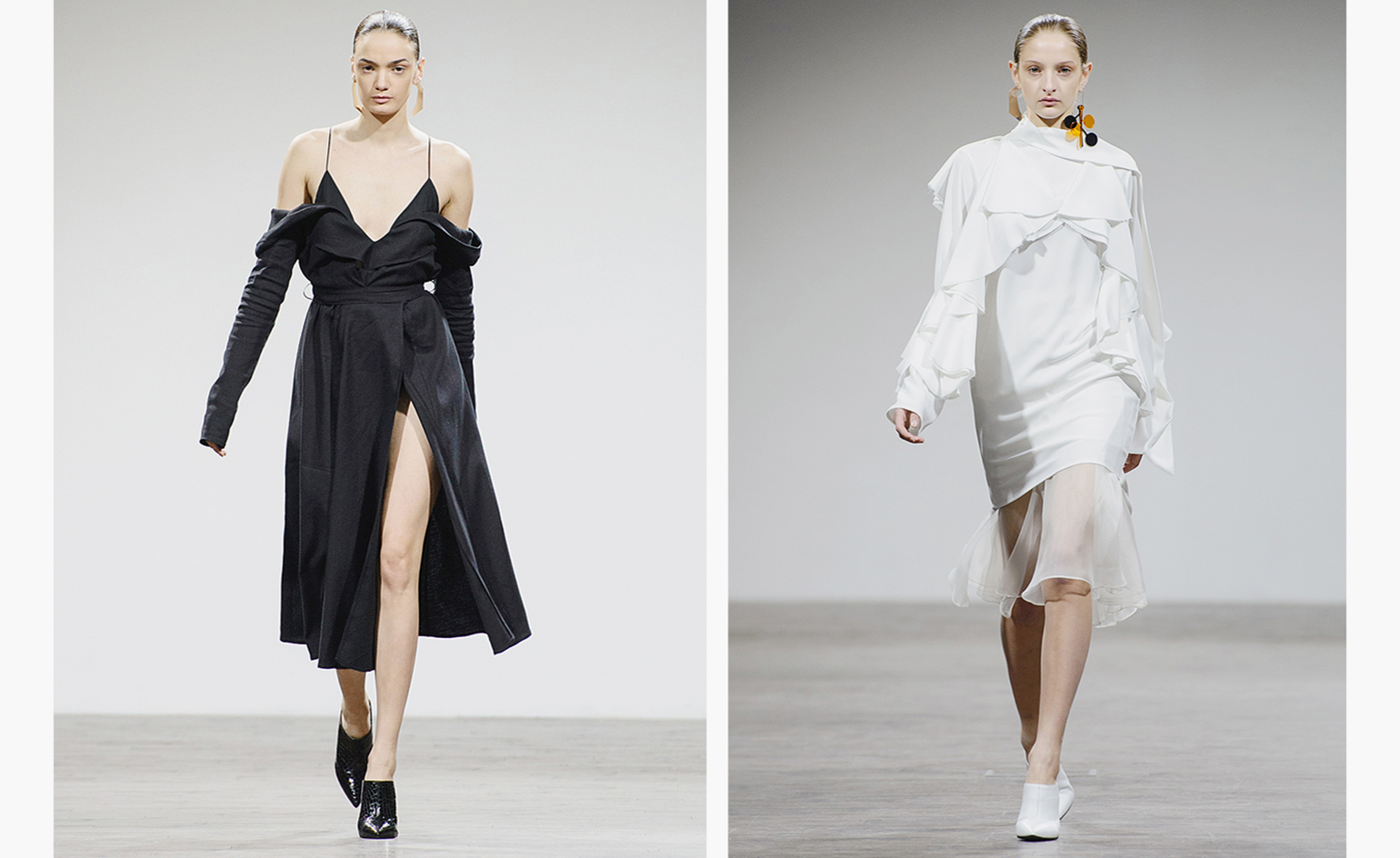
Atelier Kikala by Lado Bokuchava: this collection, inspired by the 1980s and 90s underground, featured voluminous dress with 3D scallop details and elegant riffs on tracksuiting with clever cutting and draping
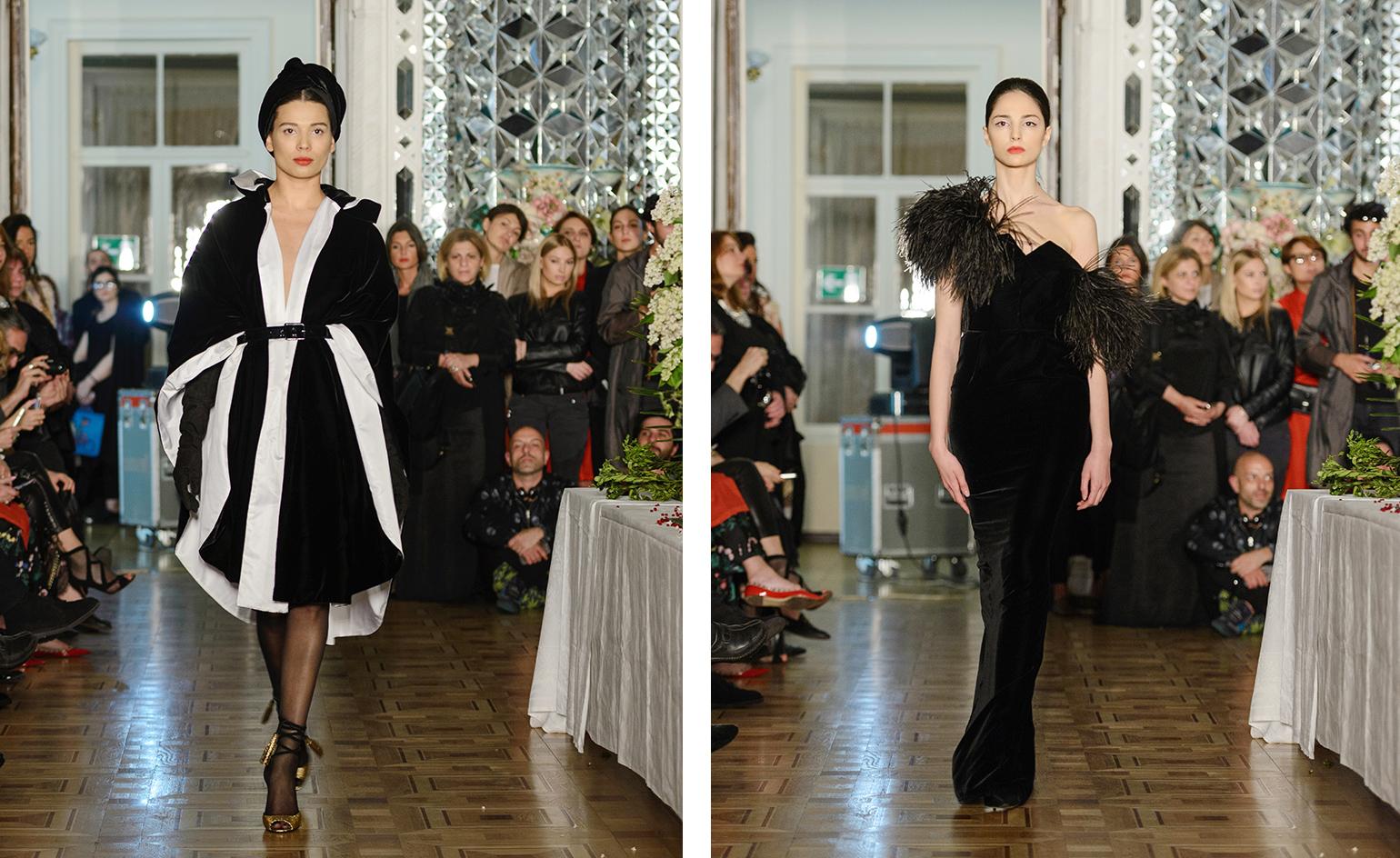
The Paris-based 28-year-old showed off his prowess with eveningwear in a mise-en-scène featuring models strolling through the grand ballroom of the National Youth Palace in velvet column gowns trimmed with ostrich feathers, sheer organdy and sweeping tulle dresses striking 1950s haute couture poses
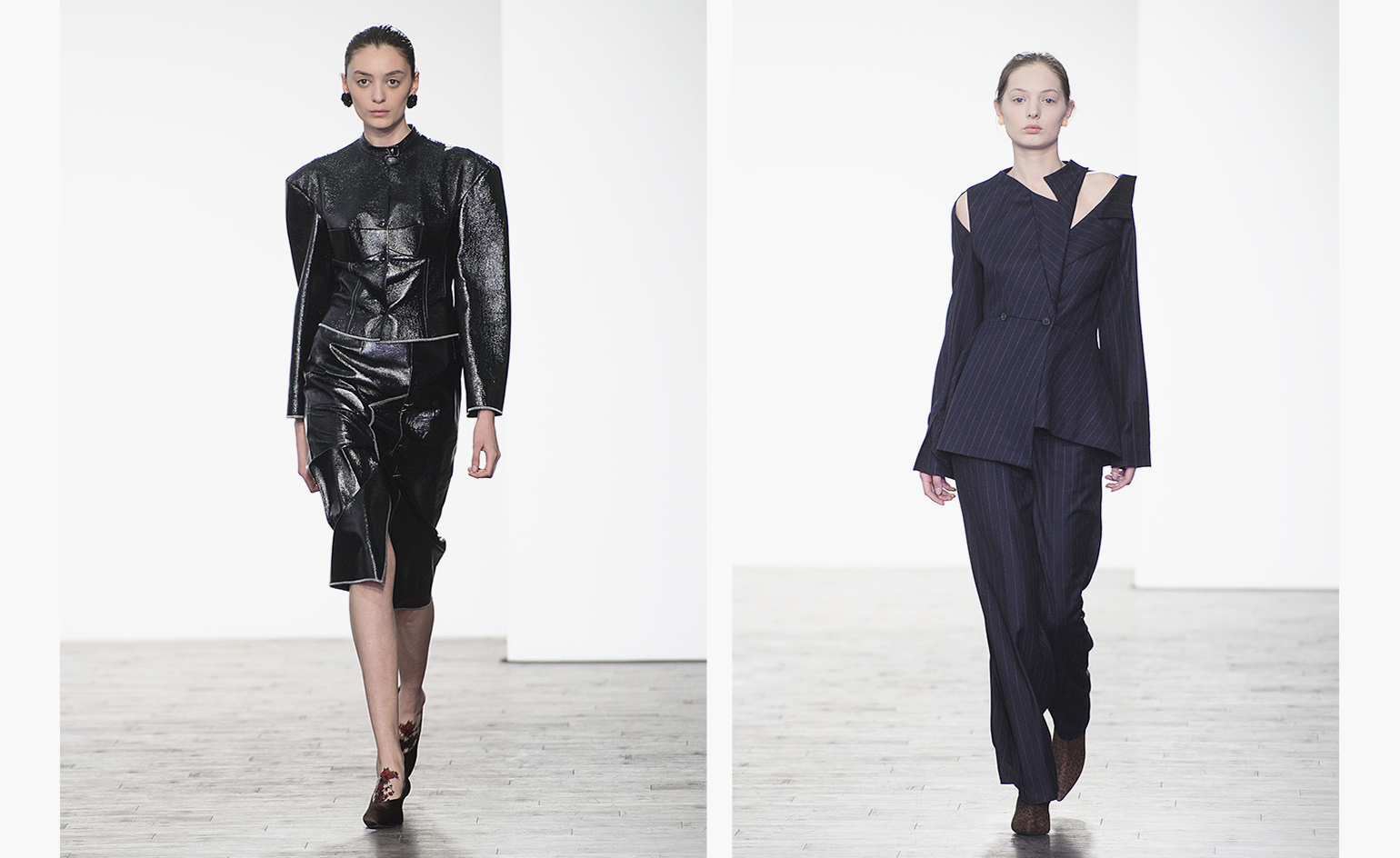
Bevza: the Ukrainian brand took a leaf from Céline with old man’s plaid wools cut into long skirts and bodice tops
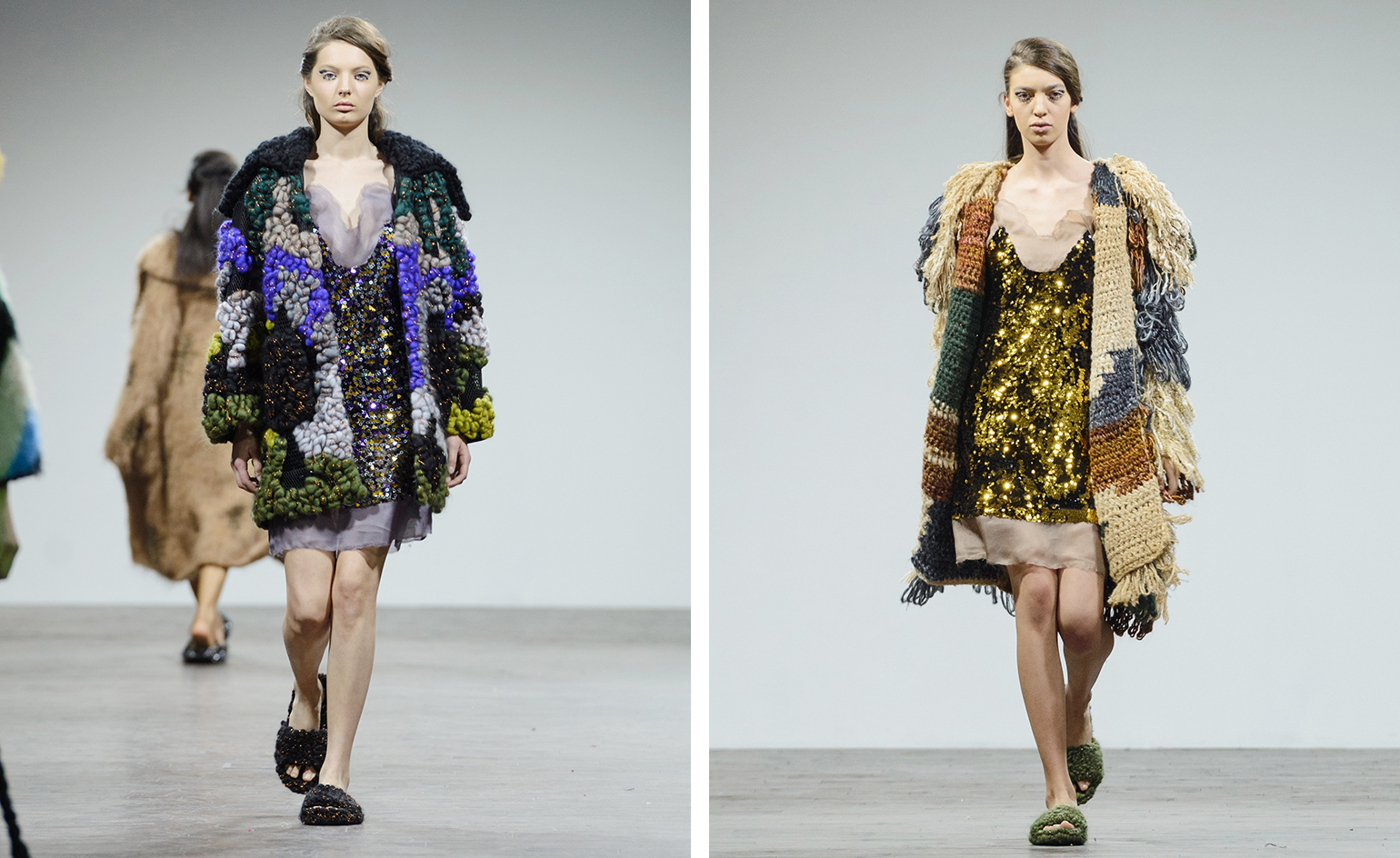
Outsize coats, tabards and jackets were hand made by over 200 knitters in Georgia
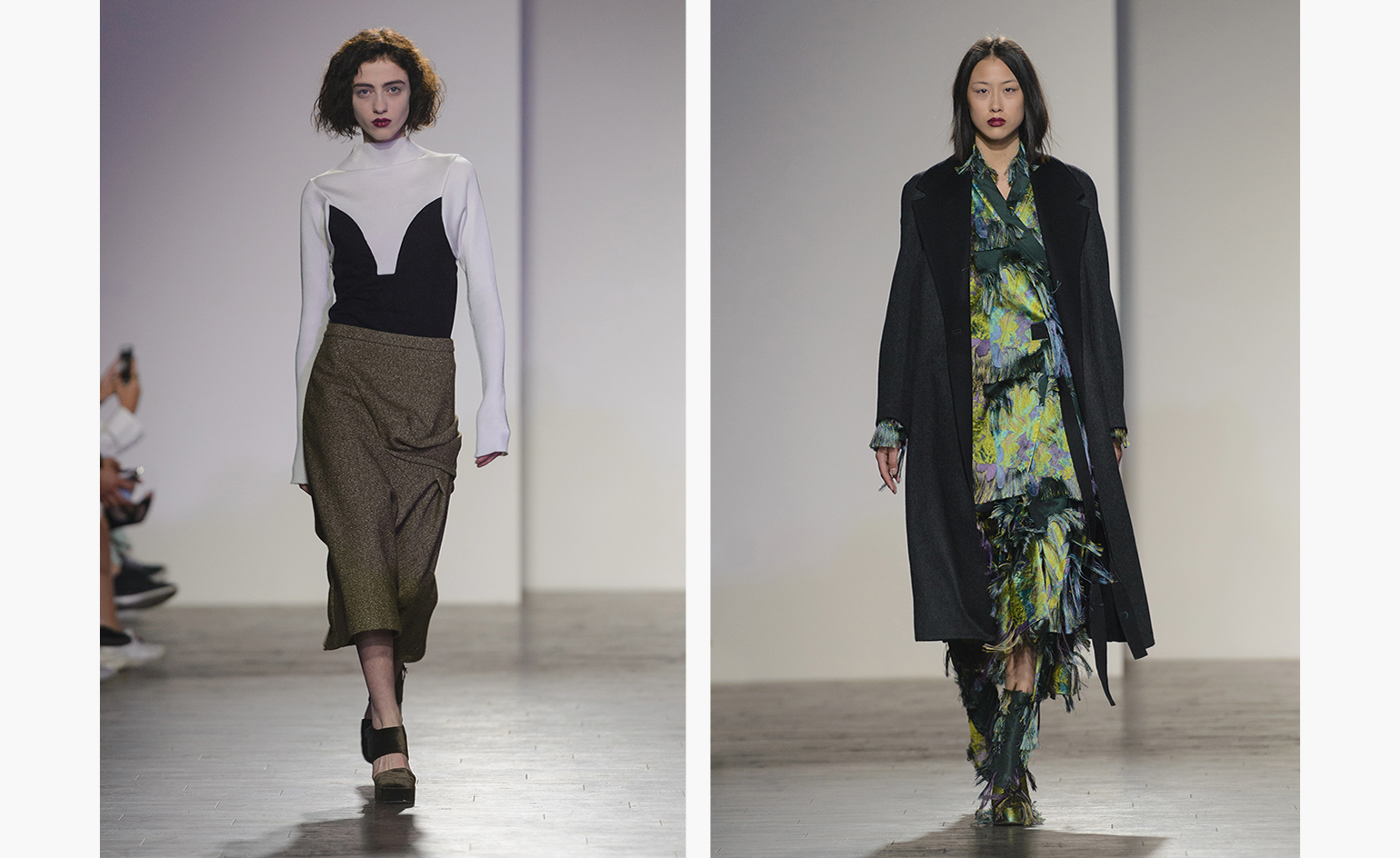
The Ukrainian struck a powerful chord with her etiolated silhouettes, hand-fringed jacquard flapper style dresses, lasered leather coats and beautifully crafted reversible cashmere coats
INFORMATION
For more information, visit the Fashion Week Tbilisi website
Wallpaper* Newsletter
Receive our daily digest of inspiration, escapism and design stories from around the world direct to your inbox.
-
 All-In is the Paris-based label making full-force fashion for main character dressing
All-In is the Paris-based label making full-force fashion for main character dressingPart of our monthly Uprising series, Wallpaper* meets Benjamin Barron and Bror August Vestbø of All-In, the LVMH Prize-nominated label which bases its collections on a riotous cast of characters – real and imagined
By Orla Brennan
-
 Maserati joins forces with Giorgetti for a turbo-charged relationship
Maserati joins forces with Giorgetti for a turbo-charged relationshipAnnouncing their marriage during Milan Design Week, the brands unveiled a collection, a car and a long term commitment
By Hugo Macdonald
-
 Through an innovative new training program, Poltrona Frau aims to safeguard Italian craft
Through an innovative new training program, Poltrona Frau aims to safeguard Italian craftThe heritage furniture manufacturer is training a new generation of leather artisans
By Cristina Kiran Piotti